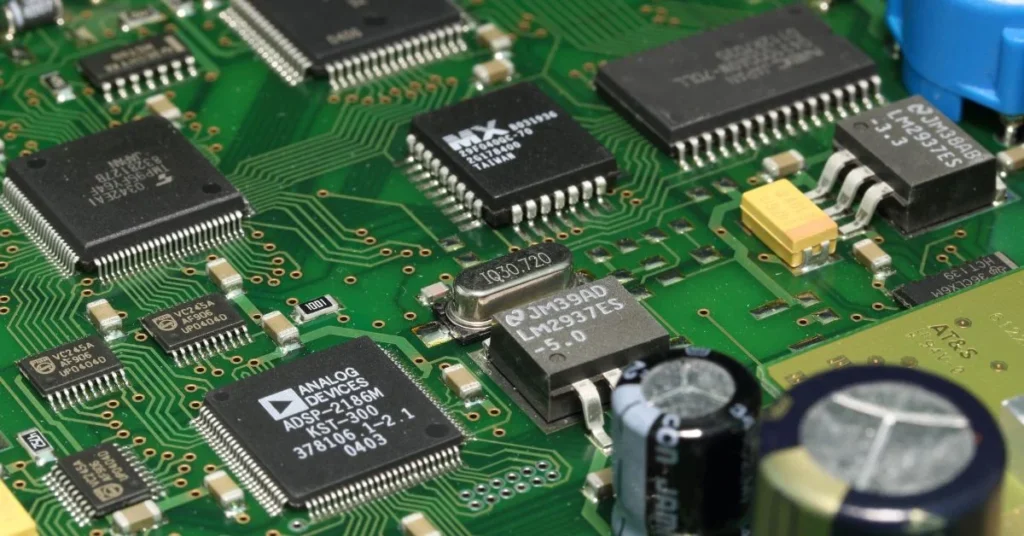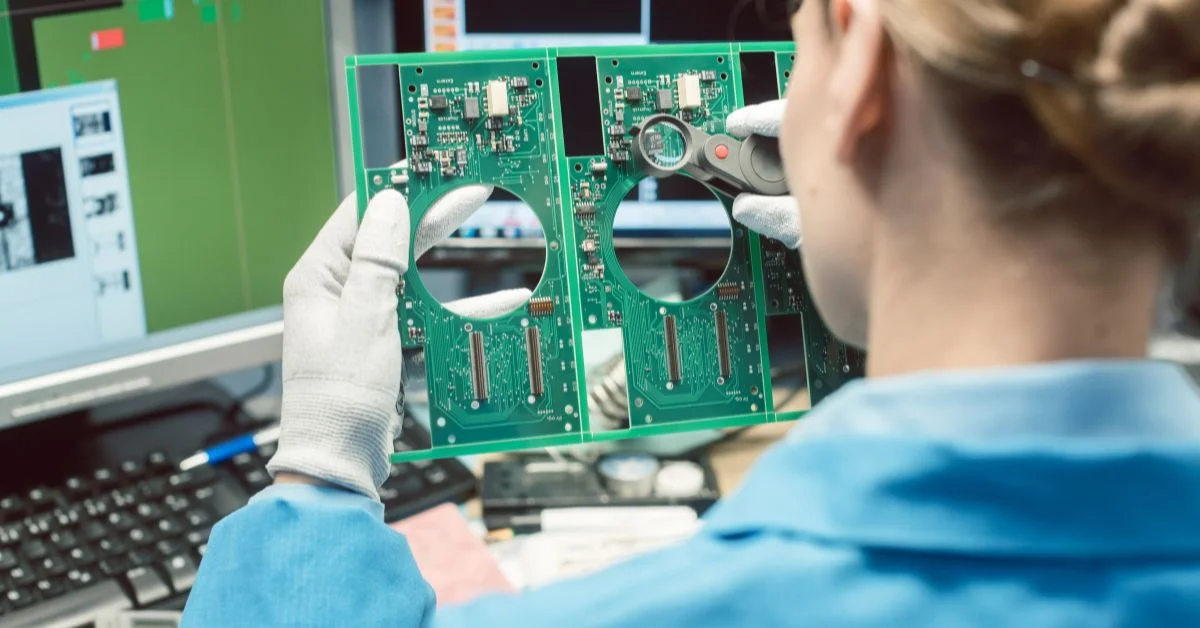In the realm of modern electronics, Flex-Rigid PCBs have gained widespread popularity due to their unique combination of flexibility and rigidity, enabling innovative designs and enhanced functionality. Partnering with Flex-Rigid PCB manufacturers is essential for transforming conceptual designs into tangible products. In this article, we’ll delve into the process of PCB assembly with Flex-Rigid PCB manufacturers and the benefits of collaboration in bringing ideas to fruition.
Introduction to Flex-Rigid PCB Assembly
Flex-Rigid PCB assembly involves the integration of flexible and rigid circuitry into a single board, offering advantages in terms of space optimization, reliability, and design flexibility. Flex-Rigid PCBs find applications in various industries, including aerospace, automotive, medical devices, and consumer electronics.
Understanding Flex-Rigid PCBs
What are Flex-Rigid PCBs?
Flex-Rigid PCBs consist of flexible circuitry layers interconnected with rigid sections, allowing for three-dimensional configurations and dynamic form factors. They are manufactured using specialized materials and processes to ensure mechanical integrity and electrical reliability.
Advantages of Flex-Rigid PCBs
Flex-Rigid PCBs offer several advantages over traditional PCBs:
- Space Optimization: Flex-Rigid PCBs enable compact designs by eliminating the need for connectors and cables, reducing overall footprint.
- Reliability: Fewer interconnects and solder joints enhance reliability and durability, especially in high-stress environments.
- Design Flexibility: Flex-Rigid PCBs allow for complex layouts and three-dimensional configurations, enabling innovative product designs.
- Cost Efficiency: Despite higher initial manufacturing costs, Flex-Rigid PCBs often result in cost savings over the product lifecycle due to reduced assembly and maintenance requirements.
Applications of Flex-Rigid PCBs
Flex-Rigid PCBs find applications in a wide range of industries and products, including:
- Wearable Devices: Smartwatches, fitness trackers, and medical wearables benefit from the flexibility and compactness of Flex-Rigid PCBs.
- Automotive Electronics: Vehicle navigation systems, infotainment displays, and engine control units utilize Flex-Rigid PCBs for space-constrained installations.
- Aerospace and Defense: Avionics, satellites, and military equipment rely on Flex-Rigid PCBs for lightweight and reliable electronic systems.
Exploring the PCB Assembly Process with Flex-Rigid PCB Manufacturers
Partnering with Flex-Rigid PCB manufacturers involves collaboration throughout the entire Printed circuit board and assembly process, from design and prototyping to manufacturing and testing.
Design Collaboration and Prototyping
The process begins with collaborative design discussions between the customer and the Flex-Rigid PCB manufacturer. Design engineers work closely with customers to understand their requirements, preferences, and constraints. Prototyping allows for testing and validation of the design before full-scale production.
Material Selection and Procurement
Choosing the right materials is essential for ensuring the performance and reliability of Flex-Rigid PCBs. Manufacturers draw on their expertise to recommend appropriate substrate materials, copper thicknesses, and surface finishes tailored to specific application needs. The procurement process focuses on sourcing high-quality materials from reliable suppliers to ensure consistency and maintain superior standards.
Manufacturing and Assembly
Flex-Rigid PCB manufacturers utilize specialized equipment and processes to manufacture and assemble Flex-Rigid PCBs with precision and efficiency. Advanced techniques such as laser drilling, sequential lamination, and automated assembly ensure high quality and reliability. Strict quality control measures are implemented throughout the manufacturing process to detect and rectify any defects or deviations.
Testing and Quality Assurance
Testing and quality assurance are integral parts of the PCB assembly process to ensure that Flex-Rigid PCBs meet the specified requirements and standards. Rigorous testing procedures, including electrical testing, thermal cycling, and mechanical stress testing, are conducted to verify the integrity and performance of the finished PCBs.

Benefits of Partnering with Flex-Rigid PCB Manufacturers
Collaborating with Flex-Rigid PCB manufacturers offers several benefits for customers looking to bring their designs to reality.
Expertise and Experience
Flex-Rigid PCB manufacturers bring specialized expertise and years of experience to the table, ensuring that designs are optimized for performance, reliability, and manufacturability.
Cost and Time Savings
Partnering with Flex-Rigid PCB manufacturers can result in cost and time savings by streamlining the design, procurement, and manufacturing processes. Additionally, manufacturers may offer value-added services such as design for manufacturability (DFM) reviews and supply chain management.
Quality and Reliability
Flex-Rigid PCB manufacturers adhere to strict quality standards and processes to deliver PCBs of the highest quality and reliability. Comprehensive testing and quality assurance measures ensure that PCBs meet or exceed customer expectations.
Case Studies: Real-world Examples of Flex-Rigid PCB Assembly
Real-world case studies demonstrate the effectiveness of Flex-Rigid PCB assembly in enabling innovative products and solutions across various industries.
Future Trends in Flex-Rigid PCB Manufacturing
As technology continues to evolve, we can expect ongoing advancements in Flex-Rigid PCB manufacturing, including:
- Miniaturization: Further reducing the size and weight of Flex-Rigid PCBs to enable even smaller and more compact electronic devices.
- Integration of Advanced Features: Incorporating advanced features such as embedded sensors, antennas, and energy harvesting capabilities directly into Flex-Rigid PCBs.
- Enhanced Reliability: Developing new materials and manufacturing techniques to enhance the reliability and durability of Flex-Rigid PCBs in harsh environments.
Conclusion
In conclusion, partnering with Flex-Rigid PCB manufacturers is essential for transforming conceptual designs into tangible products. By leveraging their expertise, experience, and capabilities, customers can benefit from cost-effective, high-quality, and reliable Flex-Rigid PCB solutions across a wide range of applications and industries.
If you find this article helpful, click here for more.









